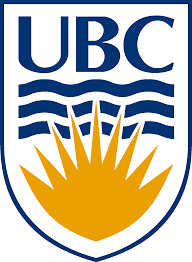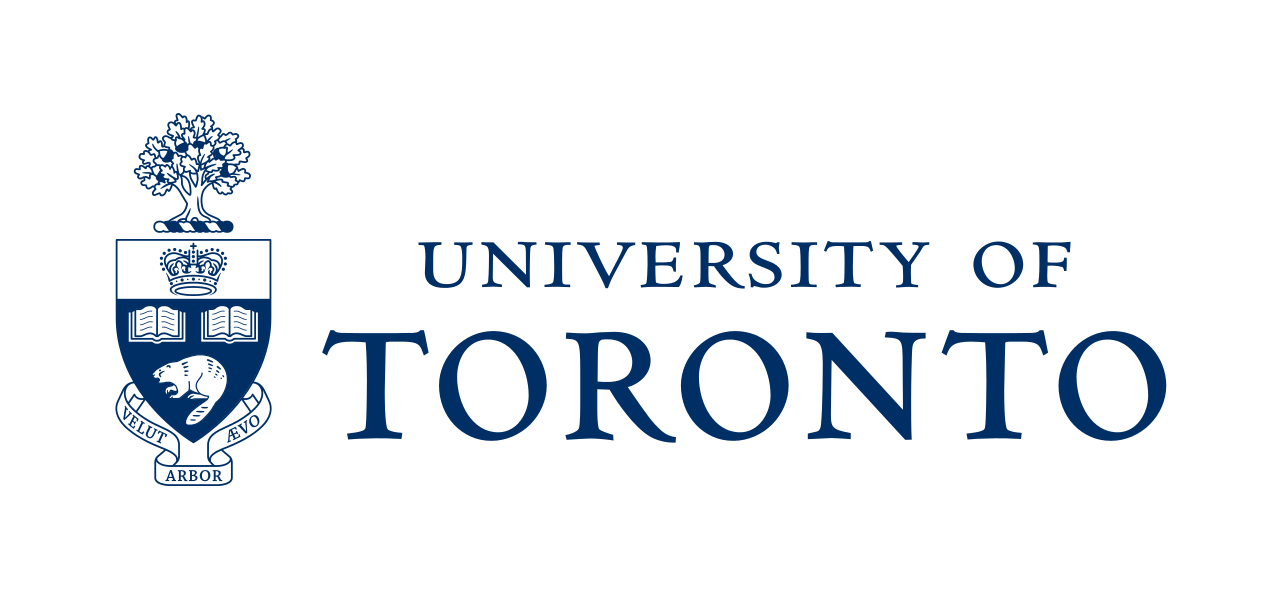Primary Advisor: Christian Marois
Secondary Advisor: John Moores
Mr. Spencer Bialek is doing his Bachelor of Science (Honours Physics and Astronomy) at University of Victoria. He worked as a summer student Research Assistant at NRC Herzberg Institute of Astrophysics for the last 3 years, where he has ported the Gemini Planet Imager Data Pipeline onto CANFAR, a cloud-based distributed computing and storage infrastructure, analyzed the feasibility of directly imaging Earth-sized exoplanets as well as simulated infrared observations of exoplanets orbiting stars within 10 parsecs of the Sun, and created a neural network based data processing pipeline capable of deriving fundamental properties of stars including temperature, surface gravity, and metallicity while employing machine learning methodology for the analysis of infrared stellar spectra.
Spencer is scheduled to start his Master thesis Fall 2017. The main subject of his thesis will be the 10 microns science case of an ExAO coronagraphic instrument for Gemini South and TMT. The goal is will to study, with detailed numerical simulations, what we can expect to see for all stars less than 10pc.
Relevance to TEPS
The goal of the proposed research will be to examine the feasibility of using ground-based telescopes to directly image the thermal emissions of Earth-sized exoplanets. In particular, the research will focus on exo-Earths found in the habitable zones of the nearest stars. To do this, a plan will be formulated in order to decide which stars should be targeted first, how much telescope time will be required for statistically significant detections, and to derive the performance requirements of the instrument that will be used for such observations. This research will then provide the critical framework upon which future exo-Earth surveys will be based.







